144: Weekly Planning
This episode runs 31 min.
David Lecours and Josh Miles discuss how to plan your week in advance for maximum impact. Josh discusses with David a few tips that he picked up at a recent event.
Subscribe to PMS Show on iTunes

Mentioned in This Episode 144: Plan Your Week in Advance
The five commitments
Reduce distractions
Prioritize
Weekly to-dos
Production of PSM Show is underwritten by:
We Want to Hear From You
Let us know what you think about this episode. Should we do more interviews? Or, would you prefer just Josh and David (no guests)? Or should we get rid of Josh and David altogether? Use the form on our homepage to let us know.
Subscribe to our Podcast
To subscribe to the PSM podcast in iTunes – click here
Read the Episode
David Lecours: Hey, Josh. I heard you went to a great event last week.
Josh Miles: Yeah, so, it turns out I was actually in town. I’ve been traveling a ton lately but my former business coach was presenting on many things productivity related but especially on planning your week in advance and, like we talked about in episode 142, the power of moments. This was one of those things that kind of stuck with me and took away some good nuggets. Thought maybe we could share that with our audience today.
Josh Miles: But maybe, first, you can give us an important announcement.
David Lecours: Yeah. That is that PSM Show is underwritten by SMPS whose vision is business transformed through marketing leadership.
David Lecours: If you’re not a member, gosh darn it, you’re missing out. Go over to SMPS.org and you can learn more about this great organization.
Announcer: This is PSM. It’s insight applied.
David Lecours: All right, so tell me more about this talk. Who put it on? Where was it? Set the stage for our conversation today.
Josh Miles: Yeah, so, this was actually the SMPS Indiana chapter. I was not planning on this but when I got downtown, they asked me to introduce the speaker who is my former business coach. His name is CJ [crosstalk 00:01:40] and he actually sits on the foundation board, so it was a great little, all my worlds woven together at the same time (laughs). So that was pretty cool, but CJ’s a great speaker, he’s a business coach like I mentioned, he does a lot of speaking on the speaking circuit, especially inA the SMPS world, and as I mentioned he was talking sort of all-around productivity, and all these other things but the core concept that he reminded me of was there’s this famous thing called the five commitments, which maybe one of our listeners remembers who wrote this, but that part did not stick with me, but what the five commitments are is what stuck around.
David Lecours: Yeah, that sounds awesome, and I think Josh and I agree that this topic would be super relevant because we all have to plan our week, and we all have so many different kind of plates that we’re spinning throughout the week, in terms of different proposals, and projects, and initiatives, and making sure that we’re serving all our different bosses and masters as well as all the kinds of personal things we need to plan, so we just thought that this would be a real helpful topic for AEC marketers because we’re having to juggle a lot of things.
Josh Miles: Yeah absolutely. And the crazy thing is, CJ was joking about how we all are like, “Maybe we’ll just work a little bit later tonight, and get caught up, or maybe I’ll work a little bit on Saturday and get caught up,” and he was like, “I’ve got a spoiler alert for you, we’re never gonna be caught up.” Even if you think you are, five minutes later, you’re no longer caught up. So, just sort of accepting that, that there’s always more to do is part of the zen of this whole thing, is just being okay with living in a world where the list is never going to be complete.
David Lecours: Right, yeah that reminds me a little of the methodology I use to run my life, is this GTD or “Getting Things Done” by the book by David Allen. His premise is that the mind is a terrible storage device, so if you can put things into places and have systems, then you can get it out of your head and use your head to do that kind of deep work. And it’s that same sort of idea that if you’re just sort of worrying about what’s next, like the to-do list that’s never done, you never really have the efficiency of operating at full capacity. Because your mind is cluttered with this other stuff that shouldn’t be up in there.
Josh Miles: I know he’s written a lot of stuff and I know he’s well-known and I’ve heard people talk of his stuff, but I guess I’ve never really dug in and maybe it’s sort of in line with his philosophy that I have very little of these kind of details in my short-term memory. Things like people say, “What year is your car?” Or, “How many inches is that TV?” And I’m like, “I don’t have any idea,” maybe I could come up with it eventually but these are the kinds of things that, it’s not important for me to remember this.
David Lecours: Well yeah, and his point is, just write it down and put it somewhere because you shouldn’t be carrying around that kind of stuff. If it’s super important you can access it in some way, then it’s effective. Anyway, back to this talk! And these five commitments. So, tell me about the first one.
Josh Miles: So, again he kind of categorized this as five levels and again, this wasn’t CJ’s unique thing, but was quoting from a book, I think. So level one commitment, this is sort of the bottom of the barrel, is no. [crosstalk 00:05:42] (laughs) which sounds like the worst kind of commitment of all…
David Lecours: That’s an option? That is an option?!
Josh Miles: It is, it is. And in fact it’s one that we creative and marketing types sometimes have a hard time with because I know we want to try to do everything, and nobody likes to hear themselves say no, but on the receiving end, sometimes it’s nice just to know, “Oh, okay, let’s not pretend that we’re gonna do this, let’s just agree that it’s not going to happen.”
David Lecours: Yeah, don’t lead people on, right? “Oh, yeah, I’ll get to that,” and then they just never do.
Josh Miles: And all of these middle ones are that gray area that are just so difficult to deal with, so “no,” it turns out is an okay thing to say and at least lets people know where you stand because these next couple are the wishy-washy ones.
David Lecours: But then, real quick, but the “no,” did he talk about ways to say that? It seems like there might be, it’s just hard to say “no” period, and then silence. You know, like, and maybe that’s the key, is just sitting with that discomfort, but it seems like you have to rationalize or explain why “no.”
Josh Miles: Yeah, well you know, I would maybe disagree with one of the things that he said about this, one of his points was don’t say that I don’t have enough time because we all have the same amount of time and I think what I’ve heard said sort of in the opposite category is, how you choose to use your time is actually the best reason to say no. To say, “No, I don’t have time for that.” “I don’t have enough time to do that.”
David Lecours: “I can’t do that effectively.”
Josh Miles: “I could do that, but I have not made time,” “I have to say no to other things if I say yes to your thing, and because of the things that I’ve already said yes to, I don’t any longer have time to do your thing.”
David Lecours: Right, yeah.
Josh Miles: So, it’s a fair thing to say, I mean how would you do it differently?
David Lecours: I didn’t realize how I do it, but I often say, “No, I don’t have the bandwidth for that right now,” saying that I’m previously committed to certain things, and I’m not willing to substitute your thing for this other thing. And it may sound harsh, but yeah, it’s the same sort of thing like, hey, at least people know where they stand and then they can choose to still like me or not.
Josh Miles: Right. Well you know, and it kind of made me realize there are a couple of things that I have been non-committal to that I also have not said no to, that I probably need to get back around to those people or those opportunities and say, “No.” And I think, again, the way you choose to soften it is up to you, but don’t leave it unclear. Saying, “I don’t have the bandwidth,” or, Maybe we could talk again next year, but for now it’s a no,” or those are all versions of the same thing, but it still at least says clearly that this can’t happen right now. Not gonna do it.
David Lecours: I like how you phrased that.
Josh Miles: So level two commitment is where we start to get into this gray, squishy area and it’s the, “I wish I could,” or “I want to,” or, “I would like to,” but it’s definitely not a yes, and it’s not a no. So that’s where probably 90% of my list lives right now. It’s the things that I know are not a priority today, but they’re things I don’t want to forget about. So, “I think I want to do this, I wish I could do this.” The one that we’ve talked about before is me recording the audio book version of “Bold Brands.”
David Lecours: I know, that’s one of your goals!
Josh Miles: I have not recorded another minute of that since we talked about it last because this is the, “I want to do it, I wish I had time for it,” and then it just has not made the priority list, yet, although, it’s still a goal. We’re gonna revisit this again, so I know I have to get to it.
David Lecours: And so just to kind of come back to this “Getting Things Done,” he has these different buckets you put things in, and he calls this “maybe someday.” I happen to use Evernote and I have a list, very long, of “maybe someday” things. And then, the good thing is, if I ever have extra time, I can go to that and maybe something gets promoted from the “maybe someday” list to my what I call “next actions” list. And it’s a nice way to archive it, or park it in a place that I don’t have to think about it, and it’s not an urgent commitment, but at least it’s written down in some form.
Josh Miles: Yeah, that’s another one of those ideas, this mental loop thing, when something is in your mind and you’re thinking about it all the time, but you know you’re not going to get to it. Having a place to literally just park those ideas for the time and maybe you never come back to it, but looking at it with fresh eyes is sometimes enough inspiration to go, “Oh yeah, I forgot about that idea! I really am excited about that now!”
David Lecours: Yeah, absolutely. All right, cool. What’s next?
Josh Miles: So the next one on the list is, “I’ll try.”
David Lecours: (laughs) Right.
Josh Miles: So I’m sure all of us have had friends, who you tell them to come over to your house for a thing, or “We’re all gonna go out,” or “We’re all gonna go to this event,” and they don’t say yes, and they don’t say no, but they’ll say, “Yeah, I’ll try to make it.”
David Lecours: All right, I usually take that as a no.
Josh Miles: (laughs) “I’ll try” is definitely a soft “no.” Is there anything that you feel like you deliver the “I’ll try” on?
David Lecours: I guess I lump that in with the other one and I guess I would put that in my same bucket of the “someday maybe” but I guess if it’s some sort of personal request, I would say, “Look, I can’t commit now,” but I usually try to give myself some sort of deadline for committing “yes” or “no.” But yeah, the “I’ll try” thing doesn’t seem super useful. I mean like, what’s that Yoda quote? “Do or do not, there is no try?”
Josh Miles: Exactly. Yeah. I’m with you on this one. “I’ll try” is definitely up there with just “no.” Let’s stop pretending and let’s just agree that you’re not going to do this. “I’ll catch you next time, maybe.”
David Lecours: For sure.
Josh Miles: So that may be a good segue into this level four commitment. So number one was “no,” number two was “I wish I could” or “I want to,” or “I’d like to,” or “someday maybe,” number three is “I’ll try,” which we agreed is pretty much a “no,” and number four is “I’m committed unless…” So this is like, “Unless I get a better offer,” “Unless I get a better opportunity,” “Unless someone else asks me,” “Sure I’ll go to the dance with you…”
David Lecours: (laughs)
Josh Miles: “Until it’s the person I really want.”
David Lecours: Ouch! Yeah, that can be messy. Yeah so I guess, just to clarify if I’m understanding, these are things maybe you would say to yourself, like you wouldn’t say this to somebody else?
Josh Miles: Right, no.
David Lecours: Okay, okay.
Josh Miles: Yeah, mostly self-talk and maybe it’s perceived externally but when you tell somebody, “Maybe,” or any version of I guess these level two to level four commitments, they’re going to read in all these other things.
David Lecours: Right.
Josh Miles: Committed in the less is the short version of this one.
David Lecours: Yeah so for me, if I say, “I’m committed,” it goes into my calendar and I’m assuming I’m doing it, and then yeah, of course, things can always come up that were some sort of emergency, or where you just need to renegotiate the contract you made with yourself and that person, whoever you’ve committed to because yeah, stuff comes up, and I think people understand that. You should have a good excuse for why you’re changing the agreement, but it’s pretty understood.
Josh Miles: Yeah and maybe doing your own marketing if you’re a firm owner, or you’re a team lead, maybe that falls into this category often. “Well I definitely want to write this blog post to go up at the end of the day today, unless a proposal shows up, or unless some other priority happens that is an emergency,” or unless somebody really needs something. It’s the kind of thing that it’s important to you, but it’s something that can get bumped if something else shows up.
David Lecours: And I would say that’s true for any plan, so let’s say it’s your marketing plan, right, so you’re committing to do these things for the next year, but there’s this implicit understanding that if it’s not quite working, or it’s just definitely not set in stone. I think a lot of times people are reluctant to create a plan because they feel like it’s going to lock them in. That’s never the case. Part of the beauty of creating a plan is the actual process of thinking things through, but also it’s just having something down as sort of the default, and then of course if some better opportunity comes up, or the company shifts into some sort of new vertical market, you’re gonna adapt that plan, and all of it in some way.
Josh Miles: Yeah. Absolutely. I think then the bottom line, or the final commitment is a level five, which is “whatever it takes.” So for you, could be a family commitment, or it could be a planned deadline, or it could be a mission-critical project that you’re all rallying around, but this is the thing that you know is the most important thing in the moment. It’s the thing that you know that you absolutely have to do.
David Lecours: Yeah, because if it’s your kid’s birthday, or maybe a key anniversary in your personal life, but yeah, it’s the non-negotiables. That are going to happen no matter whatever it takes.
Josh Miles: Yeah so, CJ’s recommendation here and the thing that really stuck with me was, I want to talk more about planning your week in advance and that, but he said it’s so easy for us to show up to our work day and think, “What are all the things I need to do?” And then, “I’m just going to pick off some of these easy ones first.”
David Lecours: Right, right, right.
Josh Miles: So you just go after all the little to-dos and you’re busy with email, and you’re busy with whatever’s the loudest or the noisiest, or the most urgent in the second, and you’re not really paying attention necessarily to what’s the most important, so his big takeaway was to really focus on those level five commitments. To identify what they are and make sure those are the first things that you’re tackling every day.
David Lecours: Yeah. Have you ever done that exercise with putting the big rocks first?
Josh Miles: Mm-hmm (affirmative)-yeah, maybe describe that for people who haven’t seen that one.
David Lecours: This may have come from a Stephen Covey thing or someone else, but anyway, you have this exercise and you have some sort of container, let’s just say it’s a bucket. And you have a bunch of rocks that are large, and some medium ones and small ones, and then you have sand. And you literally are given this exercise where you have to try to fit all of the contents, all the rocks, into the bucket. But what you quickly find out, is that if you don’t do them in the right order, they literally won’t fit. You literally have to put the big rocks in first and then the medium rocks, and then the smaller ones, and then the sand will sort of fit through the cracks and work. But if you don’t go in that order, you won’t have room. And so of course this is a metaphor for planning your day, or your week and making sure you handle those big things first. Also, because those big things are going to give you that real sort of sense of satisfaction, rather than just sort of a quick dopamine hit of answering an email and like very temporarily thinking you’re a hero. At the end of the day, if you do a bunch of these little things, you just don’t have that satisfaction.
Josh Miles: Yeah I was using the illustration last night, we were talking about this talk afterwards. I’ve never ridden in a helicopter or certainly not flown one, but I understand it’s kind of like playing the drums, you’re using both arms and both legs. For me, managing your inbox all day feels like that. You’re using all your arms and legs and I got really good at that a long time ago, just being [inaudible 00:19:00] on the spot, responding to all the emails, and then I realized I was getting really good at the wrong thing.
David Lecours: (laughs) Gosh, that’s so important.
Josh Miles: You just don’t ever get caught up, it doesn’t matter that you’re really efficient at email. Get that idea of matching your email or only answering at one time or a couple times during the day, or you know really focusing on those big tasks first is something that took me a long time to figure out.
David Lecours: Right, nobody got promoted for being the best emailer ever.
Josh Miles: There’s no medal.
David Lecours: No merit badge if you listen to our last episode on the power of moments.
Josh Miles: (laughs) You don’t get to wear your email hat while you’re doing email. If anyone’s listening that has an email hat, I would love to see a photo of that.
David Lecours: (laughs) Yeah.
David Lecours: Well that makes sense, should we talk about planning your week? Or is there something else you wanted to discuss first?
Josh Miles: Yeah, let’s jump into that. What’s your ritual or process for planning or managing “to-dos” or let’s dive in here.
David Lecours: Yeah so just in the last year I’ve transitioned from having this ritual that’s like maybe an hour, hour and a half kind of thing that I used to do Monday mornings, but now I’m trying to do it, and I’ve been pretty good this whole year, of doing it Sunday nights so that I can can hit the ground running Monday morning. And it kind of gets my mind in the work mode that night. So I do some things. I go through, and this is sort of all related back to that “Getting Things Done” methodology, where I’ll go through my email and see if I have any unresolved emails and try to get down to inbox zero. I store everything in Evernote, so I have a list of inbox things from Evernote that I need to sort and put in other places. I have a physical file of analog things, like let’s say it’s a doctor’s bill, or things like that, I’ll look at that.
David Lecours: And then, so what I do is I put those into key lists, one of them is called “next actions,” which are things that I need to take to move a project forward. I have another list called “today,” and that’s literally my today to-do list. And so I’m constantly moving things from one list to the other. Once I’m done with all the “today” tasks, I’ll go and grab the next ones from “next actions,” and then prioritize what order I want to do those.
David Lecours: The other thing I have that has been incredibly useful is this bucket that I call “waiting for.” So let’s say, hypothetically, I send an email to somebody and I say, “Hey Josh, get back to me with five topics for our next podcast,” right? And I don’t want to have to carry around in my head that I asked Josh for this, I just want to park it somewhere, and the place I park it is “waiting for.” Through email I can blind-copy a special Evernote address and it goes directly into that bucket within Evernote. So just during my weekly review, I’ll review those “waiting fors” and see if there’s anything outstanding that I need to remind people about that’s coming up.
David Lecours: And the final sort of exercise is literally planning the week where I’m blocking out time, and maybe I don’t know exactly what I’m going to do for the three hours that I’m going to work on a specific project, but I’m allocating that time as blocked out. I’m pretty good about being strict with myself and with others about saying, “All right, if I block that out, I just can’t schedule meetings.”
David Lecours: I also started doing this thing where I don’t schedule meetings until afternoon. I find that I’m more productive for doing deep work in the mornings, and so I’ll schedule meetings any time after lunch, but I really try to carve out that eight to noon time for doing the creative.
David Lecours: So how about you? Do you have a methodology, or way that you do it?
Josh Miles: Yeah, similar. So I started using Asana about a year ago, which is as I understand it, great for teams as well, I’ve never really used it in a team context, but I love it just the to-do list management piece of it. So, I have everything color-coded and categorized and set by date as well so I can drag and drop all these things around and it’s kind of pretty easy for me to manage visually, even when I’m running to the grocery store I add all the items that I’m picking up at the store, goes straight into Asana and I can check those off. It has the bonus of every fifth thing that you check off, like a magical narwhal or unicorn flies across the screen.
David Lecours: (laughs) You get a reward.
Josh Miles: You get a dopamine bonus on top of the visual of checking it and seeing it cross out or disappear. It’s very satisfying. But that’s kind of my master list. I’m constantly moving those dates around and updating things, and dragging and dropping and categorizing. If it’s not in Asana there’s a really good chance it’s not going to get done.
Josh Miles: Even though our day-to-day work for SMPS is all through Basecamp, so all of our messaging, communicating, and to-dos are in there, so I sort of have a second place to check those things but it’s really helpful for me to have that master list where everything from work through personal all rolls up to the same spot, so similarly I try to pay attention to that Sunday night before I clock out, but it’s kind of a constant state of making sure that I’m re-prioritizing the things that are most important because you don’t always know on a Sunday night what the most important thing is going to be on Wednesday. I think that was part of CJ’s talk that was most insightful for me, was thinking, “Well, maybe I should know what these level five commitments are,” to be sure there’s some fours and threes that might show up that I’ll get done as well, but I should probably know what those fives are well in advance.
David Lecours: Yeah there’s something, like the digital part of it is really nice in that a lot of our lives are repeatable actions, so once you create a grocery list, having that as a template for the next time you go to the grocery store just gets you that much far ahead, so for example, I have a list of movies or books that I want to read and I can always go back to that and it’s fun to check those off and add new things, but having a template that you use over and over again is a nice way to be efficient.
Josh Miles: Yeah so practically speaking, doing that in Evernote is that kind of how you swing it, do you have multiple [inaudible 00:26:20]?
David Lecours: Yeah, so I divide things into “active projects” and then “archived projects,” and then I also have another area called “reference material,” which is just stuff that I might refer back to about topics that I’m interested in. But you brought up a really good point and I think it’s that whatever system you use, I think it needs to be integrated, and you mentioned integrated like personal and professional because our lives aren’t 100% 9-5, we don’t think or do anything that is related to personal and the idea that you have to go to a bunch of different places to find these things makes it less efficient. All these things are going to be weighing on us, sort of carrying our psychic energy, and occupying our brains, so just having a single place to keep all this straight, and in my case just keep it out of my head and having a place to go to refer back to things.
Josh Miles: Yeah and I think there’s not a real easy way to get out of all the other things that are clamoring for your attention during the day, let alone social media, and slack groups or in text chats, or email, or whatever else and you’re getting private messages on LinkedIn and you’re just inundated with all these different requests for time and requests for meetings so it’s just so helpful to have just one place to go to see what that actual list is and to manage those real commitments.
David Lecours: I have this other list I call “read/view” and so let’s say I get an email, like a thought leadership piece from somebody that I want to read, but I don’t want to stop my day and read it right then, otherwise I just get sucked in to the email treadmill, so I’ll forward it to this “read/view” folder and I’ve got hundreds of things that I’ve never and will never get to, but at least I have a place that if I’m trying to find something on a particular topic. So it’s “read,” because there’s a lot of readings there, but also “view,” if there’s some sort of video or something that I’d like to watch, I can go to that.
Josh Miles: Yeah. Yeah, love it. I’ve done similar things for reading things, and even for videos too, like, “Oh I think I’d want to watch this later, so I’ll put this on the “watch later” to-do,” just in the notes section and find those later.
David Lecours: All right, well hopefully this has been helpful, are there any kind of closing thoughts on how people can be more productive in planning their weeks?
Josh Miles: Well, yeah I’m curious to hear what tips have stuck out to listeners because the thing that was most important to me isn’t necessarily the thing that’s going to stand out to you, but I guess my challenge, since this level five concept was big for me is, listener, give this a try next week, maybe figure out what your one or two or three level five commitments are for next week at work and try focusing on those first in your workday and see if you don’t walk away from the workweek with a little bit more done.
David Lecours: Super, so yeah we want to hear from you, and if you want to do that, then go over to PSM.show and there’s a simple form you can get in touch with us, and we’d love for you to share this podcast with others in the AC industry that would find it useful, you can just send them over to PSM.show and that’s it for this show. From Josh Miles and myself, thank you to SMPS, our underwriter, and we will see you next time.
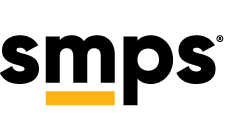
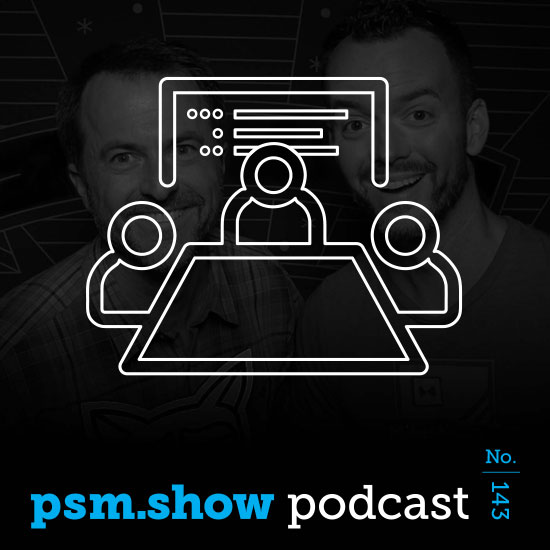
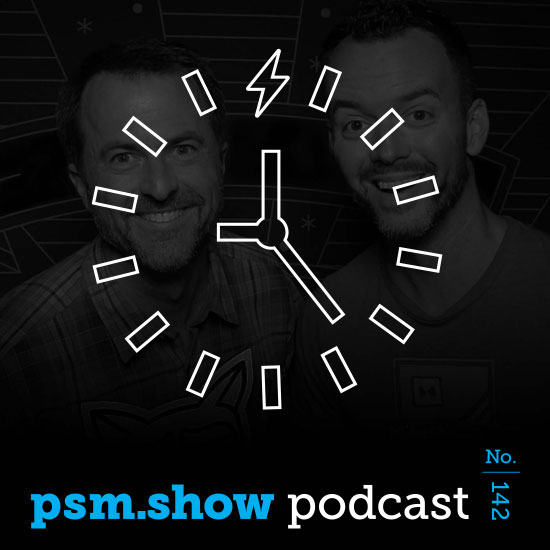
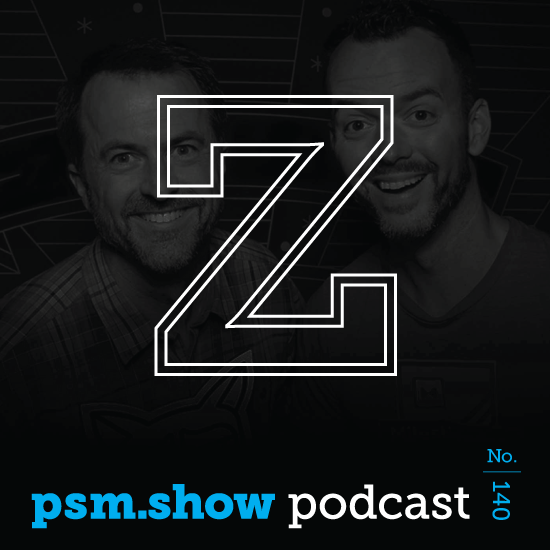
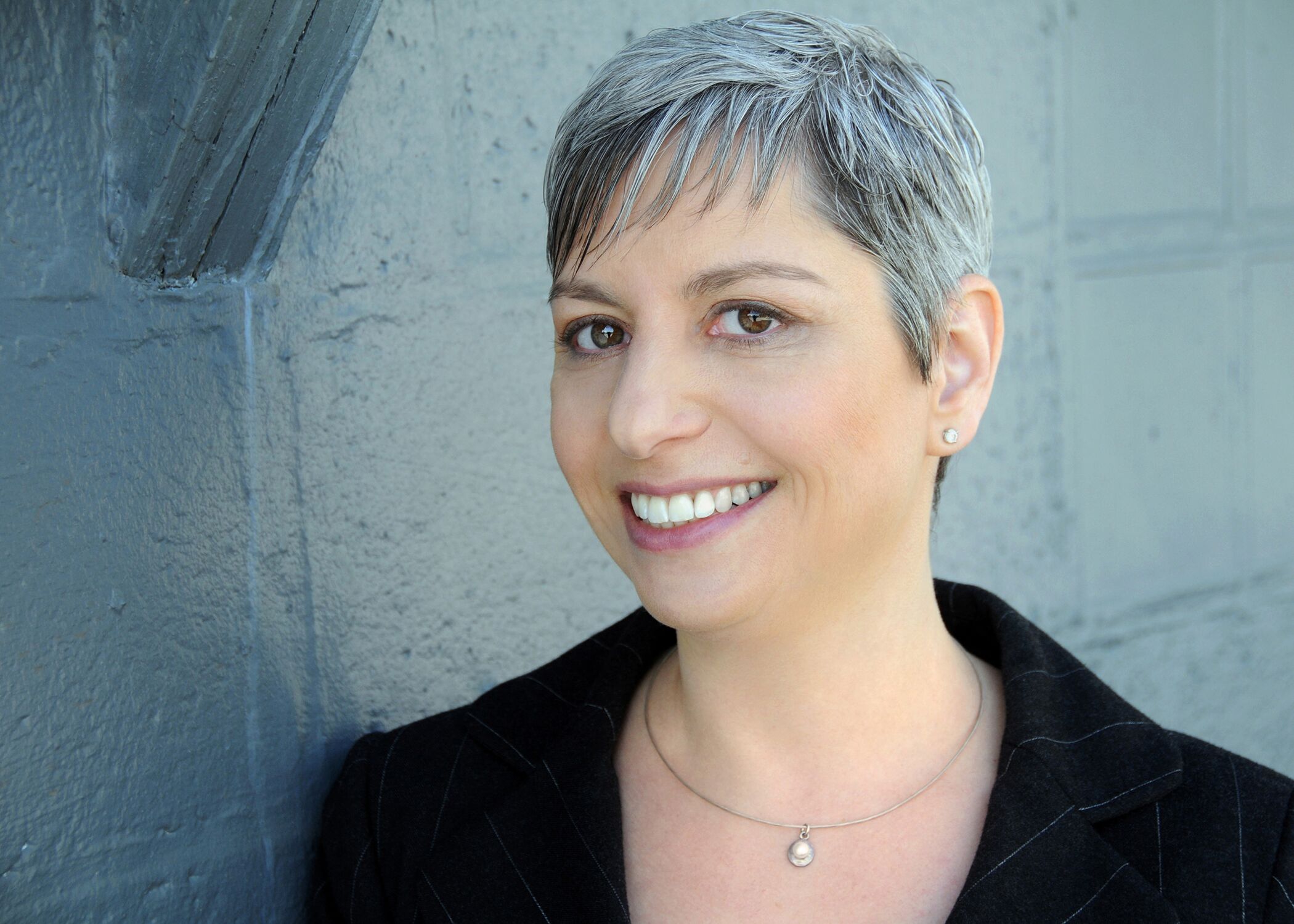
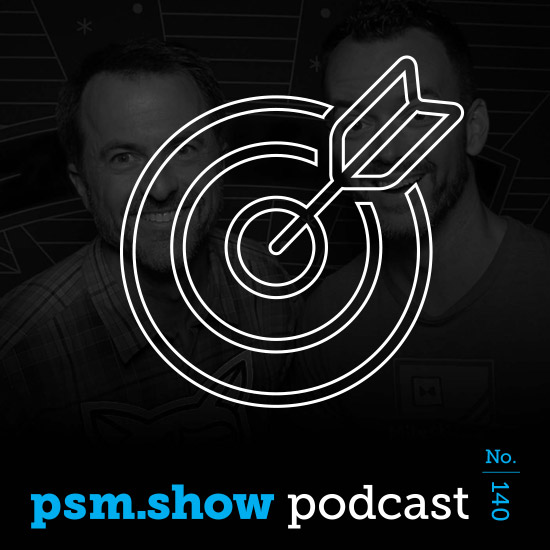
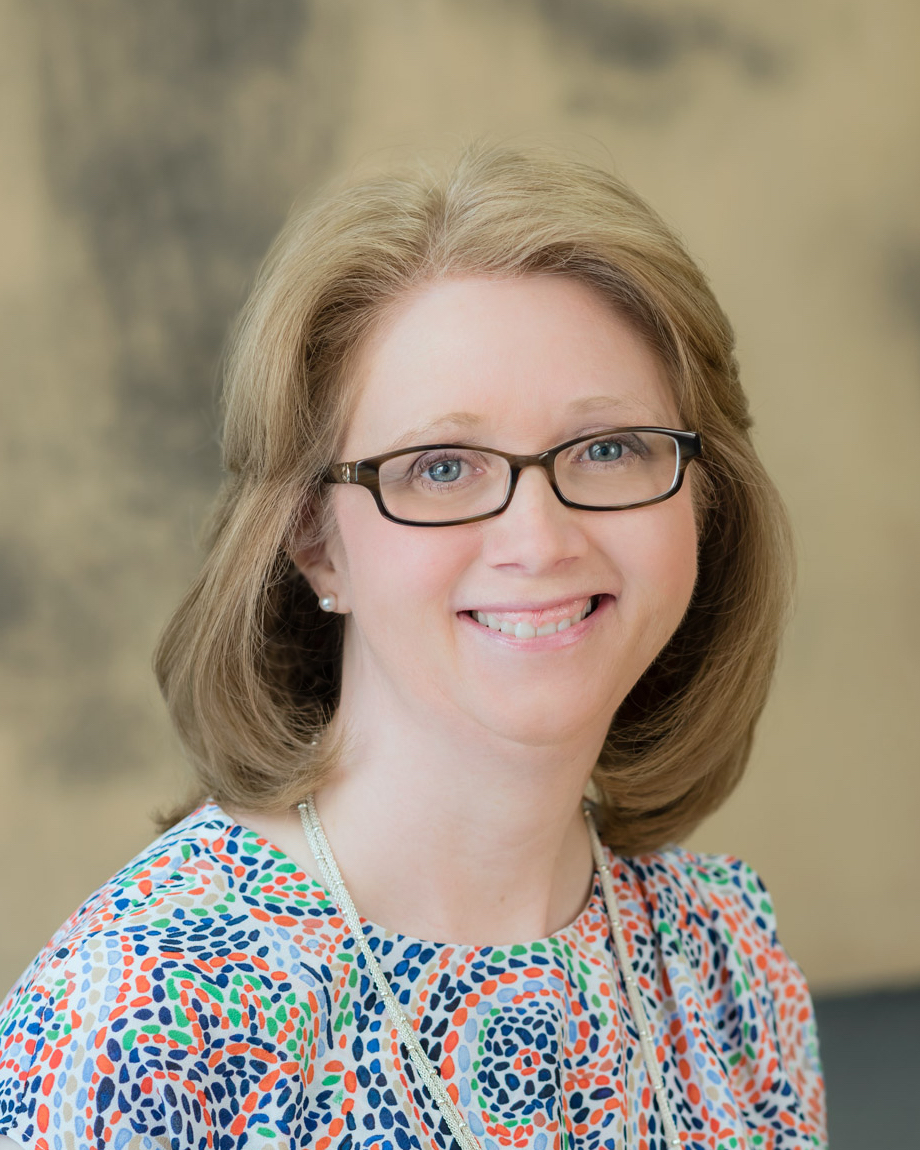

Recent Comments